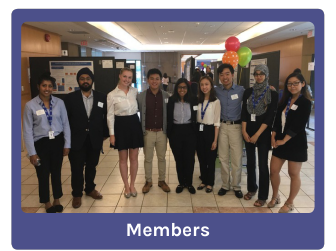The VSSS 2017 Journey
What did we do?
Analysis of the Zappelphilipp, or Fidgety Philip cartoons was the first step towards the goal of developing a shared, neutral annotation language. These cartoons are one of the first pictorial depictions of disruptive behaviours. Although generally considered the father of ADHD, depending on the interpreter, Fidgety Philip may be considered to have restless legs syndrome. By analyzing these cartoons, the VSSS 2017 team were able to investigate how their observations were altered by subjective interpretations.
Next, utilizing snapshots and videos from the SCIT, our team progressed the annotation concept by characterizing them with both free-hand annotations and pictogram-based annotations. Utilizing the Annotator Software for Windows 10 (Copyrighted by the Austrian Institute of Technology & H-Behaviours Lab, BC Children’s Hospital Research Institute), movement patterns during the SCIT were annotated and investigated further, which laid the groundwork for future investigations of the concept of tension.
Finally, the team investigated a behavioural assessment concept that could effectively describe vigilance through night-time driving behaviours (e.g. yawning, fidgeting, stretching, etc..).
What did we learn & achieve?
We learned that (1) qualitative information had to be divided into (i) descriptions; and (ii) interpretations and (2) descriptions, interpretations, and predictions are formed by the “Gestalt”-perception of each individual. (3) A reduction of interpretations can be reached with advancing learning experience. However, pictograms can catalyze this process and may serve as the neutral language we were looking for.
With the research conducted since 2016 at the RREACH- & H-Behaviour Labs, (1) we created the foundational data for behavioural classification of H-Behaviours in health young adults. (2) A pictogram based Pattern Analysis Mind Map was developed. (3) A customized interface utilizing the pictograms was integrated into the Annotator Software for Windows 10 (Copyrighted by the Austrian Institute of Technology & H-Behaviours Lab, BC Children’s Hospital Research Institute). (4) For analysis of movement patterns, participants were recorded with standard 2-D and novel 3-D-video systems, with integrated EMG recordings of leg movements and the Sleep Smart Mattress.




